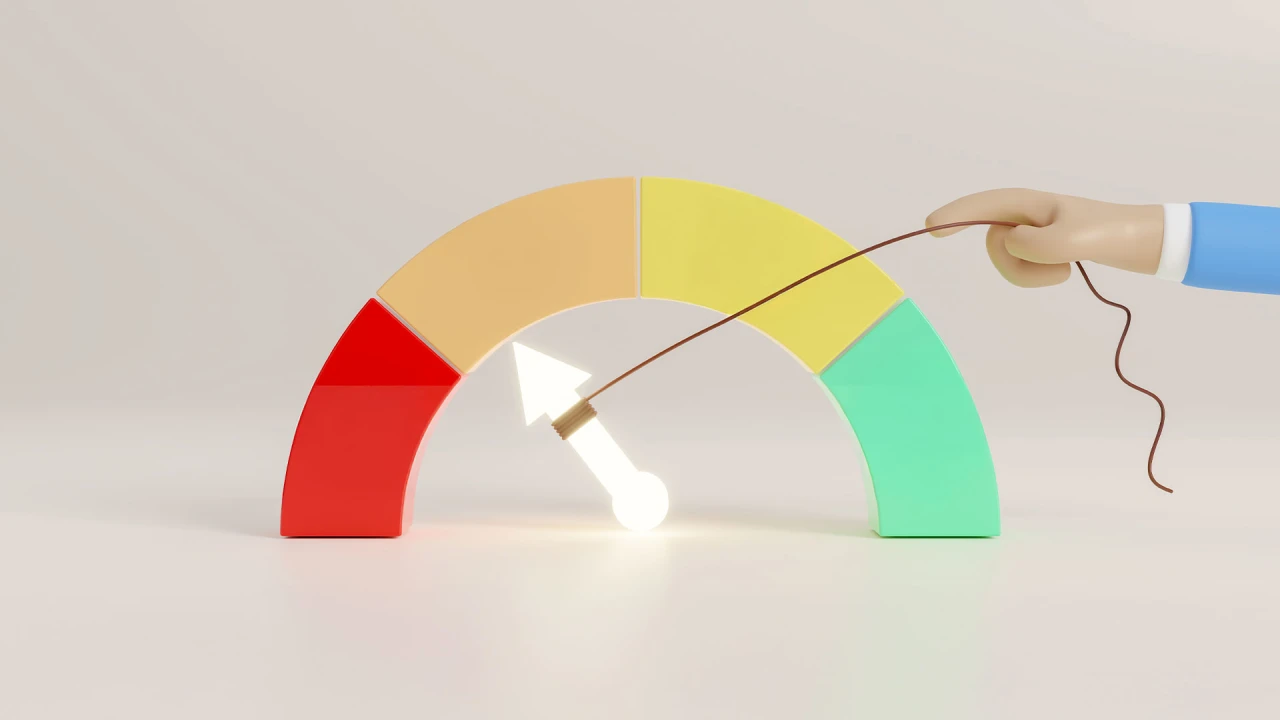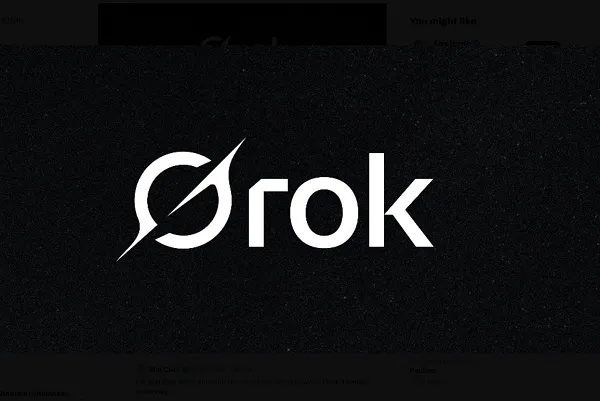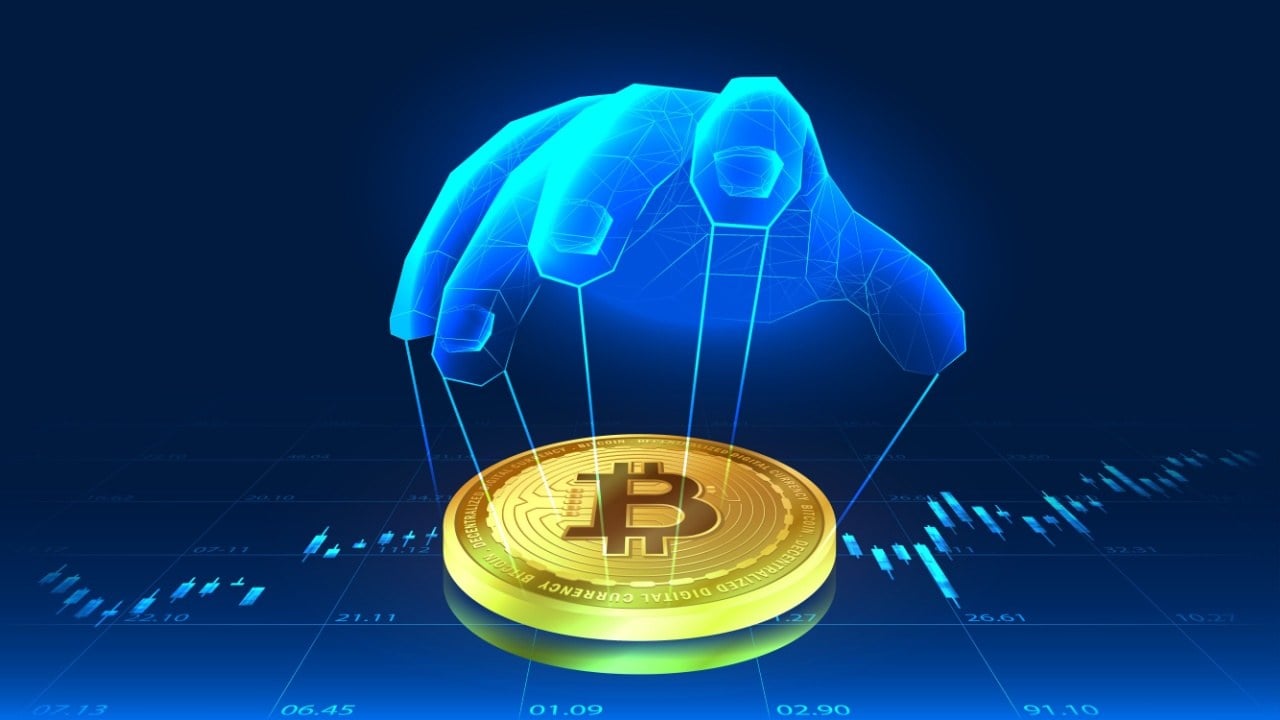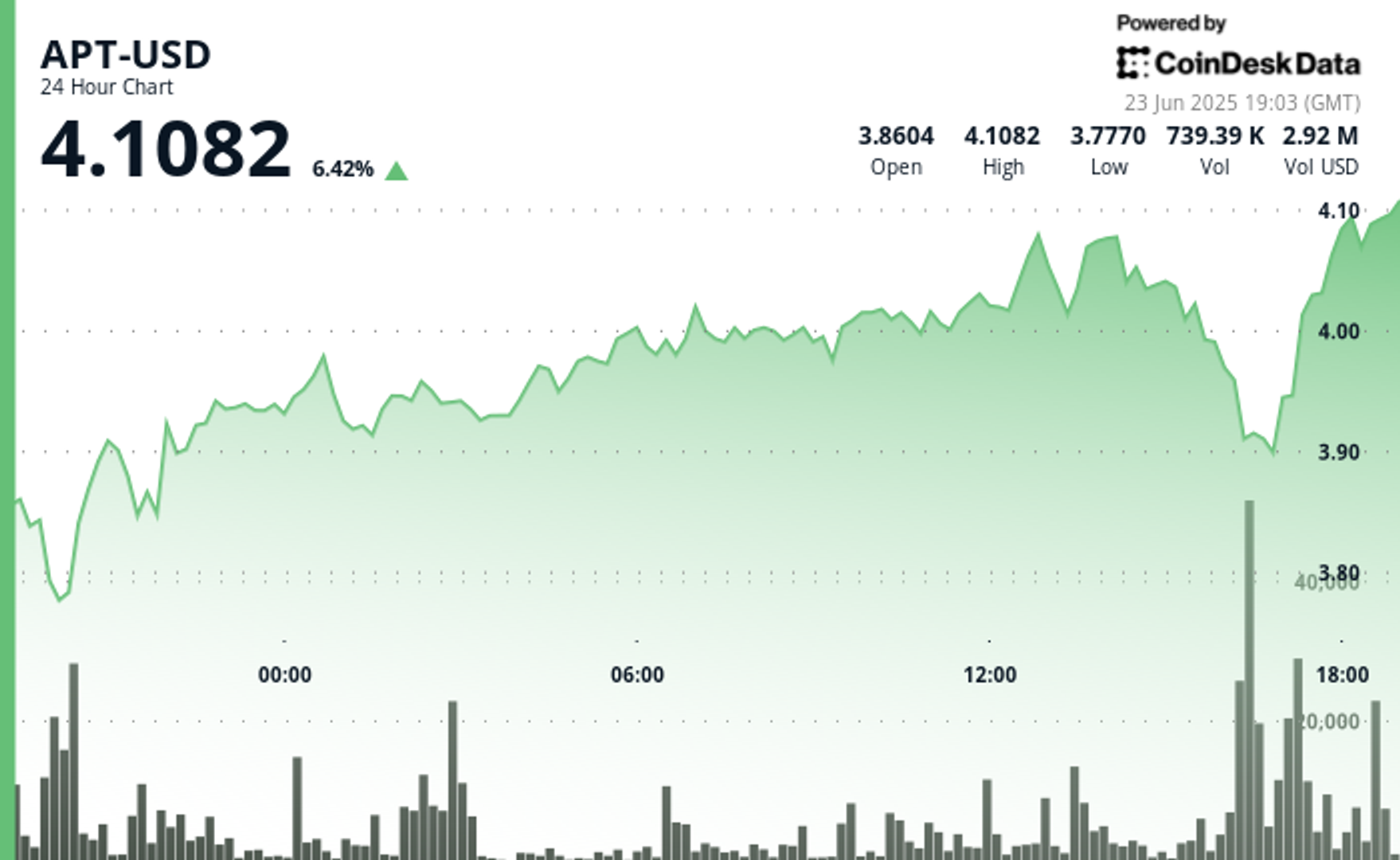FICO’s new credit scores will include buy now, pay later loans data. Here’s how it could impact your score
Buy now, pay later (BNPL) payment options are increasingly popular, particularly among young consumers. A recent survey from J.D. Power shows that 42% of millennials and Gen Z actively use BNPL loans to make purchases. But BNPL loans have not been incorporated by major credit scoring companies, meaning that lenders attempting to size up borrowers and make lending decisions have had a blind spot regarding these debts. Until now, that is. FICO, one of the leading credit scoring companies, announced on Monday that it has launched FICO Score 10 BNPL and FICO Score 10 T BNPL, two new scores that incorporate buy now, pay later data. Lenders utilizing these scores can now get a more complete picture of a borrower’s background, potentially leading to more informed lending decisions. And for borrowers, it may mean a better credit score, especially for those who have responsibly used BNPL services in the past. “We want to make sure that we’re looking at data that will enable lenders that use the FICO score to have the clearest picture,” says Julie May, vice president and general manager of B2B Scores at FICO. “This is a product that’s been growing rapidly, and we think it’s important to be groundbreaking in this approach.” “It can really drive financial inclusion,” she adds. “Frequently, people use BNPL, and if represented in credit scores, can drive more creditworthiness.” Most scores increase, according to FICO’s research Earlier this year, FICO published the results of a yearlong analysis done in tandem with BNPL company Affirm. Simulating the impact of BNPL data on FICO scores, the analysis found that Affirm customers with multiple BNPL loans would “most likely” see their scores increase. “What’s groundbreaking and exciting about these new scores is that they’re going to allow those younger consumers to build credit and build their FICO score,” says Ethan Dornhelm, vice president of FICO Scores and Predictive Analytics. “For borrowers who have blemished, limited, or no credit history, with the inclusion of BNPL data, borrowers are likely to see a benefit in their scores.” As FICO is preparing to launch the new scores—which are expected to be available to lenders later this year—it may mark something of a change in strategy, too. While many borrowers may have initially been attracted to BNPL loans due to concerns about their own creditworthiness (and potential inability to secure a line a credit, accordingly), BNPL loans may now look more like a credit-enhancing product, rather than an offering of last resort. “One of the early selling points for BNPL firms was that they were not sharing data with the credit bureaus,” Ben Danner, senior analyst, credit and commercial at Javelin Strategy & Research, told PaymentsJournal earlier this year. “The idea was that this lack of sharing would be attractive to consumers, particularly those concerned with their credit scores.” He continued: “However, with potential regulatory changes on the horizon, it makes sense for BNPL vendors to pivot towards a strategy that markets these loans as a credit enhancement tool.”

Buy now, pay later (BNPL) payment options are increasingly popular, particularly among young consumers. A recent survey from J.D. Power shows that 42% of millennials and Gen Z actively use BNPL loans to make purchases.
But BNPL loans have not been incorporated by major credit scoring companies, meaning that lenders attempting to size up borrowers and make lending decisions have had a blind spot regarding these debts.
Until now, that is.
FICO, one of the leading credit scoring companies, announced on Monday that it has launched FICO Score 10 BNPL and FICO Score 10 T BNPL, two new scores that incorporate buy now, pay later data.
Lenders utilizing these scores can now get a more complete picture of a borrower’s background, potentially leading to more informed lending decisions. And for borrowers, it may mean a better credit score, especially for those who have responsibly used BNPL services in the past.
“We want to make sure that we’re looking at data that will enable lenders that use the FICO score to have the clearest picture,” says Julie May, vice president and general manager of B2B Scores at FICO. “This is a product that’s been growing rapidly, and we think it’s important to be groundbreaking in this approach.”
“It can really drive financial inclusion,” she adds. “Frequently, people use BNPL, and if represented in credit scores, can drive more creditworthiness.”
Most scores increase, according to FICO’s research
Earlier this year, FICO published the results of a yearlong analysis done in tandem with BNPL company Affirm. Simulating the impact of BNPL data on FICO scores, the analysis found that Affirm customers with multiple BNPL loans would “most likely” see their scores increase.
“What’s groundbreaking and exciting about these new scores is that they’re going to allow those younger consumers to build credit and build their FICO score,” says Ethan Dornhelm, vice president of FICO Scores and Predictive Analytics. “For borrowers who have blemished, limited, or no credit history, with the inclusion of BNPL data, borrowers are likely to see a benefit in their scores.”
As FICO is preparing to launch the new scores—which are expected to be available to lenders later this year—it may mark something of a change in strategy, too.
While many borrowers may have initially been attracted to BNPL loans due to concerns about their own creditworthiness (and potential inability to secure a line a credit, accordingly), BNPL loans may now look more like a credit-enhancing product, rather than an offering of last resort.
“One of the early selling points for BNPL firms was that they were not sharing data with the credit bureaus,” Ben Danner, senior analyst, credit and commercial at Javelin Strategy & Research, told PaymentsJournal earlier this year. “The idea was that this lack of sharing would be attractive to consumers, particularly those concerned with their credit scores.”
He continued: “However, with potential regulatory changes on the horizon, it makes sense for BNPL vendors to pivot towards a strategy that markets these loans as a credit enhancement tool.”





![Is ChatGPT Catching Google on Search Activity? [Infographic]](https://imgproxy.divecdn.com/RMnjJQs1A7VQFmqv9plBlcUp_5Xhm4P_hzsniPsfHiU/g:ce/rs:fit:770:435/Z3M6Ly9kaXZlc2l0ZS1zdG9yYWdlL2RpdmVpbWFnZS9kYWlseV9zZWFyY2hlc19pbmZvZ3JhcGhpYzIucG5n.webp)































































































































































































